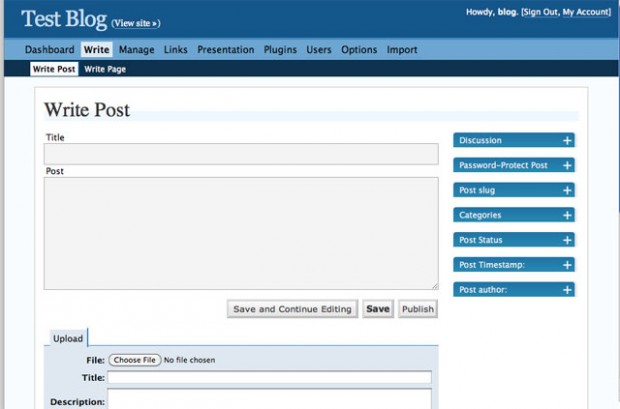From Mike Nicholls, Annie Parker, Frank Arrigo, Kate Carruthers, Silvia Pfeiffer, Anne-Marie Eilas, Gordon Carr-Gregg and Mark...
Mike88
Mike Nicholls Australian Inventor + Entrepreneur working with a small team of engineers building prototypes from Inventions including two medical devices. Publishes Startup88.com and has assessed/reviewed +500 inventions and +200 startups in the last 3 years. Mentors Sydney Startups via Incubate and other incubators and helps members of the Australian Startup Community via the Startup88.com website with free publicity and advertising. Experience in numerous industries including Digital Publishing, Cloud Computing, Apps, Hardware, Aviation, Real Estate & Finance and Health/Medical Devices.
More than a few times over the last few months I have had discussions with entrepreneurs I mentor...
The Hon. Malcolm Turnbull, MP Prime Minister of Australia Dear Prime Minister Finally we have blast off....
Had lunch with an old friend Michael Derrick (see below) who has been wise counsel and mentor...
WordPress is a web juggernaut. There are an estimated ~70 million blogs powered by WordPress and a...
Startup Name One Touch Law What problem are you solving? The legal process is so stressful enough...
About two years ago I put together a list of problems/business ideas that I thought really needed...
Startup Name Publicate What problem are you solving? Content marketers need Publicate so they can turn curated...







